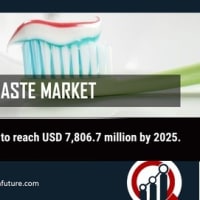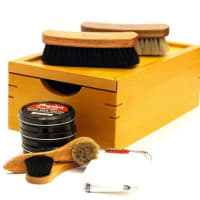Mosquito repellents do not kill mosquitos but weaken them and deter them from biting people. These repellents come in the form of sprays, coils, machine vaporizers, skin-friendly creams & oils, and body patches. They generally have a limited effect time ranging from 5-10 hours. These repellents are generally made from chemicals such as N, N-Diethyl-meta-toluamide), diethyl phthalate, diethyl carbate, picaridin and ethyl hexanediol.
These repellents sometime contain chemicals which can be to humans in cases of prolonged usage. Hence, many manufacturers are focusing on natural ingredients repellents such as tea tree oil, citrus, neem, and many other repellents in their product formation.
Based on the type, the global mosquito repellents market includes coil, spray, vaporizer, oil & cream, patches, and others. Vaporizer dominated the repellents type segment as they are convenient to use, less polluting, and considerably affective to kill or subdue mosquitos. However, with increasing awareness regarding harmful chemicals and allergens present in the vaporizers and sprays, the demand for natural and organic mosquito repellents is expected to increase in the coming years. Also, increasing disposable income in the developing regions would further help the market growth during the forecast period. Eco-friendly spray oils and body patches repellents which are made from natural repellent ingredients such as cinnamon, neem and lemon oil are expected to surge with the highest growth rate.
Natural mosquito repellents are non-toxic and devoid of any synthetic chemicals which causes mutation in genes and allergies. They are comparatively costlier to synthetic mosquito repellents due to extensive R&D and processing done to make them easily usable.
The market of mosquito repellents has been divided on the basis of forms into aerosols, liquid, solid, and others. The market is dominated by solid mosquito repellents which are used in the form of coils and mats. However, the market of liquid is expected to increase mainly due to the fact that they are more effective and are eco-friendly. However, cost of aerosols and liquid vaporizers is considerably higher compared to solid repellents, hence, liquid-based mosquito repellents have a lower market share in developed regions, but their share is expected to increase in the developing regions with growing disposable per-capita income.
According to distribution channel, the market of mosquito repellents has been divided into store-based and non-store-based. The store-based segment which is expected to dominate the mosquito repellents market mainly because of comparatively higher penetration of brick and mortar stores than online distribution in the dominant markets of Asia-Pacific, South America and Africa, which is not the case with online retail. However, online retail of mosquito repellents is expected to outplay brick and mortar retail in the coming years with competitive pricing and ease of buying.
Moreover, non-store-based segment which is online shopping, is expected to grow fastest due increasing smart phones and internet penetration in the developing regions.
Browse Complete Report @ https://www.marketresearchfuture.com/reports/mosquito-repellents-market-7371
Segmentation
The global mosquito repellents market has been segmented based on type, form, distribution channel, and region.
By type the market is segmented into coil, spray, vaporizer, oil & cream, patches, and others.
By form the market is segmented into aerosols, liquid, solids, and others.
The global mosquito repellents market has been classified based on distribution channel into store-based and non-store-based.















※コメント投稿者のブログIDはブログ作成者のみに通知されます